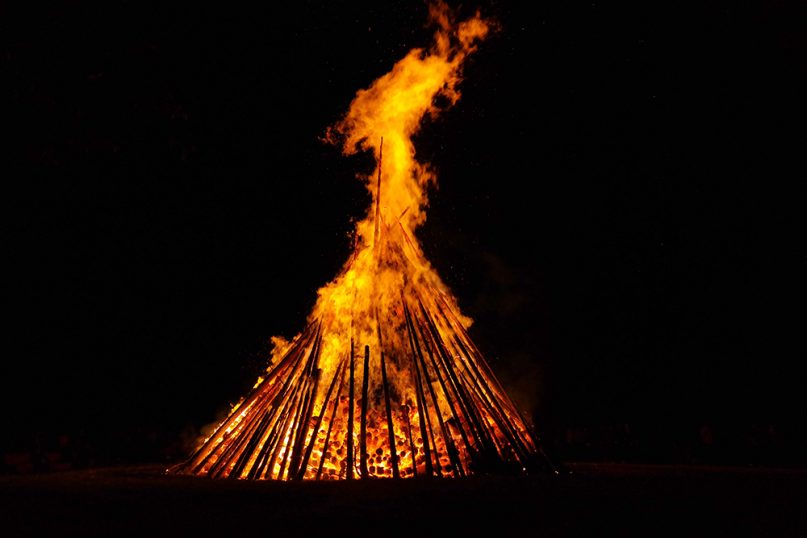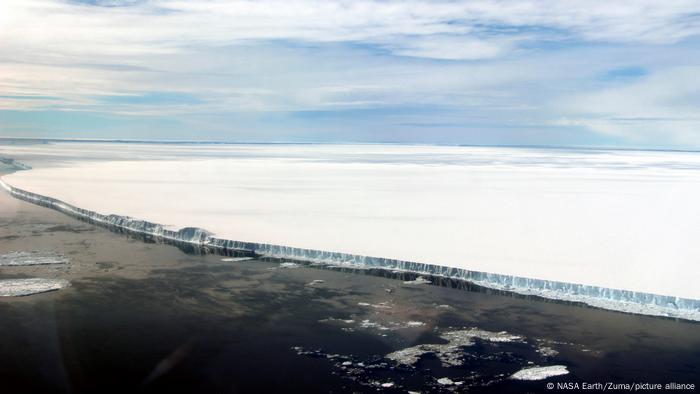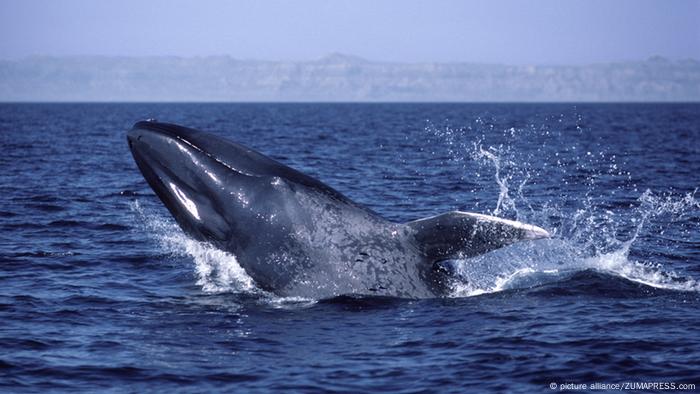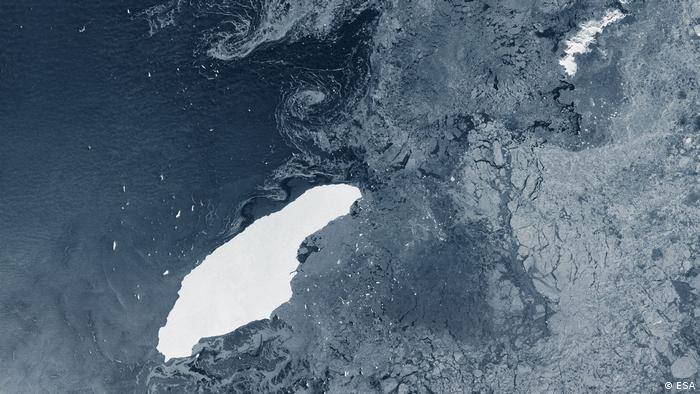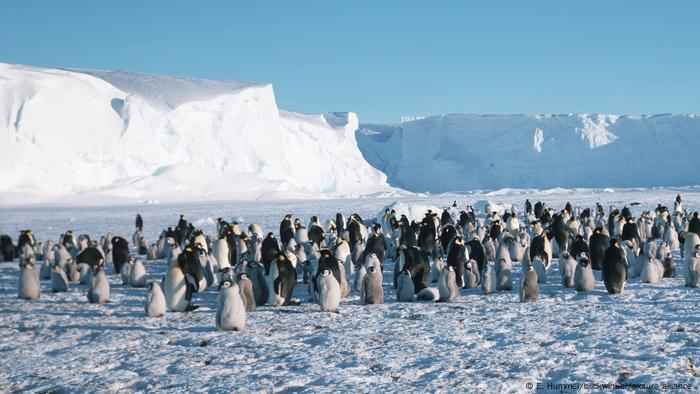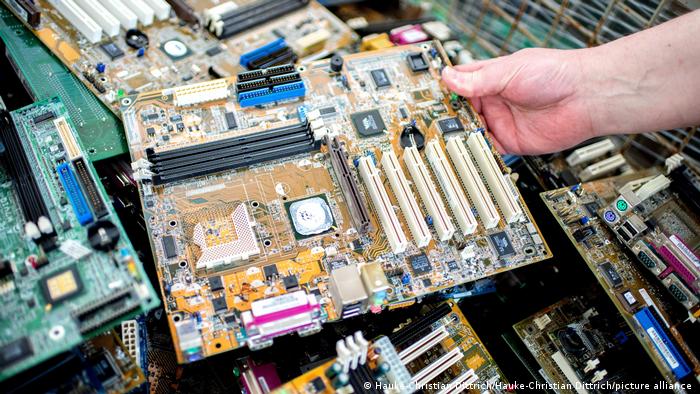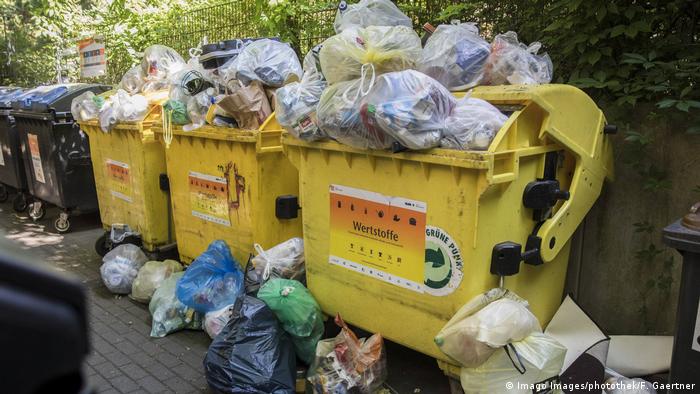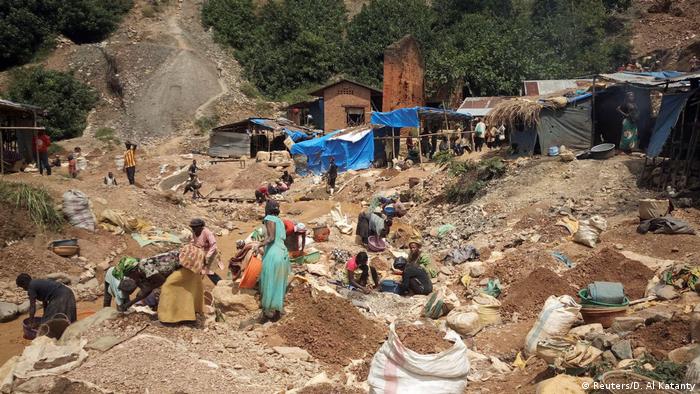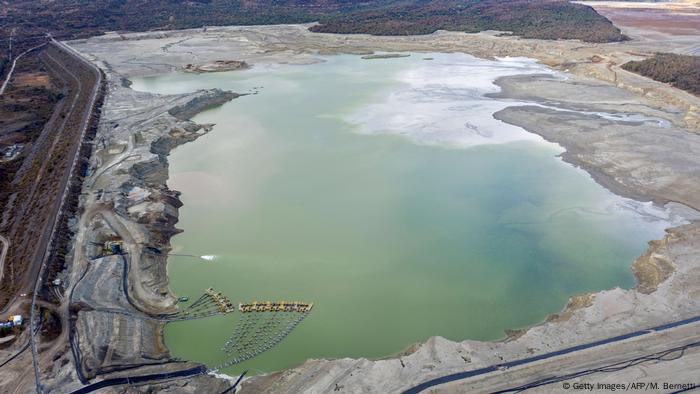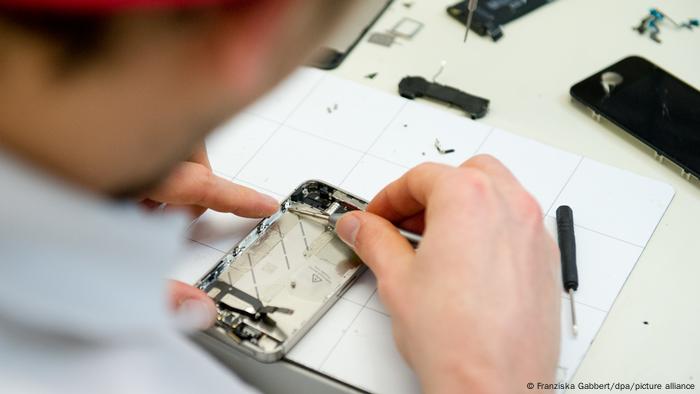(RNS) — On the winter solstice, the longest night of the year, Misha Magdalene and their partner will burn their Yule log and hold a solstice vigil at home, waiting up all night until dawn.
“The joke is we’re just going to make sure the sun rises,” Magdalene said.
RELATED: The roots of the Christmas tree: Pagans celebrate Yule
In 2020, nothing feels like a given.
And the winter solstice — when modern witches and pagans celebrate Yule and the return of the light — resonates at the end of a dark, difficult year punctuated by a pandemic, political protests and a presidential election.

Misha Magdalene. Courtesy photo
“I think that symbolism is speaking to a lot of people right now, because part of the point of the solstice is the return of the light in a really literal, concrete way — you get past the solstice, and the days start getting longer,” said Magdalene, a witch.
Monday (Dec. 21) marks the solstice and the beginning of the Yuletide, which many witches and pagans celebrate through New Year’s Day.
Though many observe the new year at Samhain, a holiday in the fall marking the end of harvest and the start of the darker half of the year, Yuletide also includes a number of rituals for leaving the old year behind, according to Jason Mankey, a practitioner of witchcraft and author of “Llewellyn’s Little Book of Yule.”
Some of those traditions involve burning something symbolically in a fire, which, Mankey said, overlaps with traditions celebrating the sun’s return at Yule. That might be writing down some of the things one wishes to leave behind in the coming year and burning the list in a candle or bonfire.
“To me, the focus of Yule really is about hope because it’s so dark and it’s so cold in so many places, and yet after that longest night of the year, the sun still rises and the days get longer. That rebirth of the sun is really what pagans and witches celebrate the most at Yuletide,” he said.
“Things are going to get brighter, they’re going to get warmer and they’re going to get better.”
Yule practices also can include figuring out what is going to happen in the new year through divination, such as reading tarot cards or candle wax, Mankey said. Some may perform a magical blessing to ensure prosperity and good fortune in the next 12 months.
“So there’ll be a lot of us doing things to get rid of what happened, and certainly a lot of us who will be doing things to help ensure a better and more prosperous and safer 2021,” he said.

Jason Mankey. Courtesy photo
For Mankey, the short winter days are a good time to perform rituals and magic to get rid of anything unwanted — to “magically cleanse the house and push out all of the bad energy that’s collected there during the year.”
He likes to invite the magical gift-giver La Befana into his home in Northern California to aid in the task while he sweeps the floors clean with a broom. The Italian holiday witch traditionally brings presents to children similar to Santa Claus, and her broom sweeps bad energies from the house, preparing it for a happy new year.
Many Yuletide figures like La Befana, the Icelandic Yule Lads and Krampus seem to be getting more attention in recent years, he said. Mankey has even spotted Swedish tomte, tiny spirits that look a lot like Santa, at Target.
“I think people are just really curious about the holiday season and trying to bring as much magic into it as possible — maybe especially this year. I know people who had their trees up as early as Halloween,” he said.
Mankey also usually hosts friends for a toast, simmering apple cider in a Crock Pot and adding ingredients to bring health, wealth and other positive things to the year — sometimes whiskey or rum, sometimes a little cinnamon for spice and light.
Like everybody else, witch and pagan holiday celebrations have been upended by the coronavirus pandemic in 2020.
Mankey said he plans to attempt a toast over Zoom this year.

Byron Ballard. Courtesy photo
Byron Ballard, senior priestess at Mother Grove Goddess Temple in Asheville, North Carolina, is sharing via Facebook her daily reflections counting down to the winter solstice.
The reflections include short essays on singing up the sun when her daughter was little, descriptions of the goddesses associated with the season and explanations of why wreaths are significant, particularly during the Yuletide.
In addition to burning things one may wish to leave behind, Ballard said people may cleanse themselves and their homes with sacred smoke, such as mugwort. They may also want to set up energetic protections called “wards” or write down their dreams and visions for the year ahead and place them in bundles on their home altars.
“We are all ready for a fresh start, new hope and a vision for how we move forward after this trauma-year,” she said.
The pandemic hasn’t changed too many Yule practices for Cat Heath, a Heathen and founder of the Cult of the Spinning Goddess. Heath and her family, who live in Maryland, usually begin their Yuletide celebrations at sundown on the winter solstice, making offerings of food and mead to the Norse gods, leaving out offerings for the local spirits, setting a place at the table for their ancestors and feasting.
They’ll spend the next 13 days or so together, eating good food, going for walks and video calling faraway relatives.

A solstice altar. Photo courtesy of Byron Ballard
“There’s just something wonderful about holing up with the people you love the most in the world for a while and simply enjoying each other’s company. That will never not be deeply meaningful,” she said in an email to RNS.
And members of the Cult of the Spinning Goddess aren’t just spinning wool together at the end of 2020, they’re also encouraging each other to do something to take care of themselves at least once a day and checking in with each other on Zoom, she said.
Sometimes, at the end of a bad year, Heath said she’ll do a 12-night spinning ritual. She’ll spin black wool to trap bad luck for the first four nights, then red wool for luck and amulets and finally white wool as an offering to the Spinning Goddess.
She’s not sure yet if she’ll perform the ritual this year.
“I think 2020 just feels too big to shake off with cleansing spells and rituals. I mean, it’s one thing to try and shuck off your own personal bad luck, but it’s quite another to try and shuck off a whole out-of-control pandemic and political upheaval!” Heath said.
It’s not just the past year Magdalene hopes to shake off, but also the past four years as 2021 also brings with it a new president.
“For an awful lot of people — a lot of working class people, a lot of marginalized communities — it’s been a really dark period,” said Magdalene, who is trans.

A Yule log for the winter solstice. Photo courtesy of Jason Mankey
So they will burn a Yule log and decorate a tree at home in the Seattle area with their partner and cats.
They’ll be a little sad they can’t share many of their favorite traditions with their friends: Usually, they also invite people to write their hopes, aspirations and concerns for the coming year onto a calendar. They’ll refer to the calendar all year — spending time, energy and intention working for, or praying for, their friends — and then burn it.
“2020, I think, for all of us has just been a car fire inside a dumpster fire of a year,” said Magdalene.


